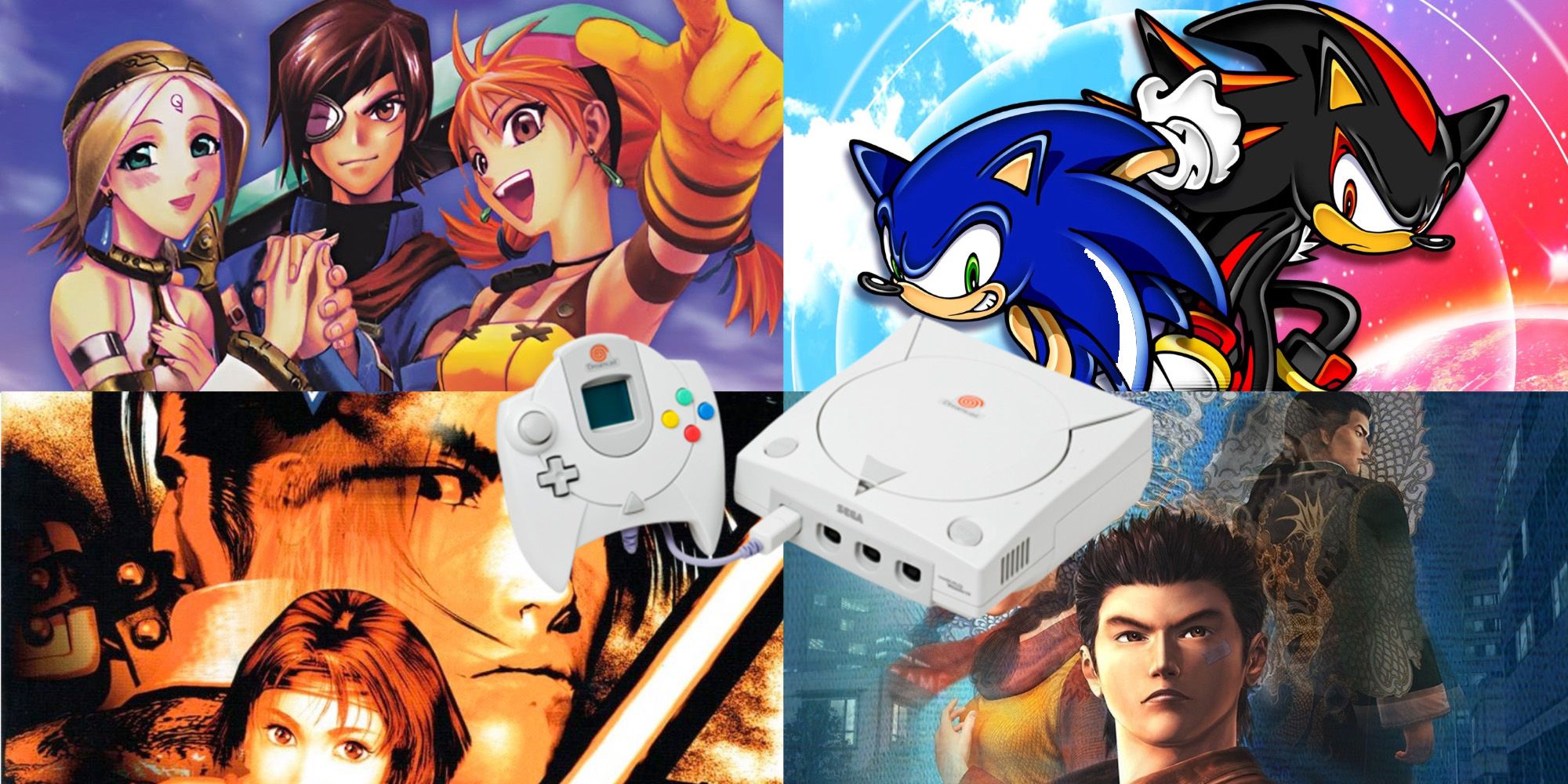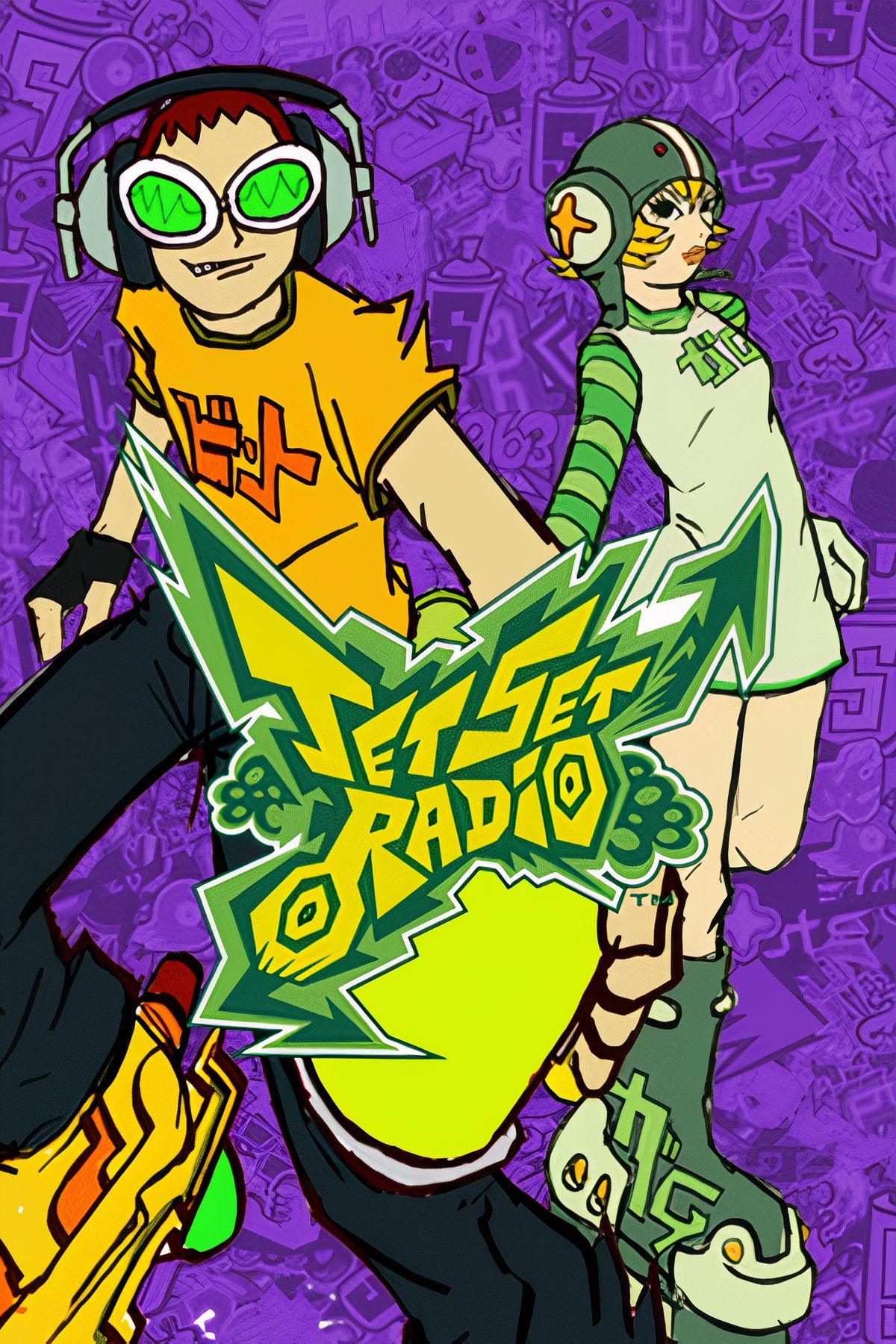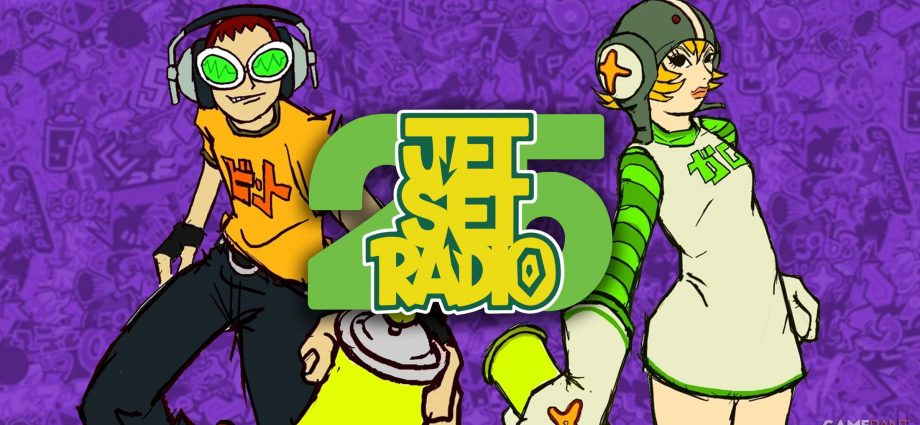Jet Set Radio was released on the Dreamcast on June 29, 2000, and although it celebrates its 25th anniversary today, the game has stood the test of time. Where other titles aimed to follow emerging trends to impress consumers, Jet Set Radio embraced an identity that was unseen by any other game at the time. Now, it has influenced a visual style adopted by many video game series, all of which can trace their roots back to this Dreamcast classic.
The themes that Jet Set Radio explores were uncommon in games at the time, which worked in the game’s favor. Some gaming trends are fleeting, and very often, games that use them tend to age poorly. However, games that aim to be unique and innovative are those that withstand the test of time, and Jet Set Radio is a prime example of this.

Related
Sega Teases Jet Set Radio News For 25th Anniversary
Sega figureheads begin to tease more Jet Set Radio reboot news during the beloved Dreamcast franchise’s upcoming 25th anniversary.
Jet Set Radio Refused To Be Anything But Itself
Jet Set Radio Pioneered a New Art Style
At its core, the Jet Set Radio franchise is about counterculture and the freedom of expression in a world that seeks to suppress individuality. This is reflected in the game’s plot, with law enforcement and financial corporations aiming to take down the graffiti-spraying Rudies by any means necessary, but is also indicated by the game’s art style.
On a meta level, the free-spirited nature of the game’s group of protagonists – the GGs – is mirrored by the game itself and its place in the industry at the time. Jet Set Radio is credited as the first game to fully embrace cel-shaded graphics. As the hardware began to improve, a trend began to emerge where game developers strove for gritty, realistic graphics. Jet Set Radio deviated from this with its vibrant, cartoony look, making its nonconformist aesthetic and themes that much bolder.
Jet Set Radio’s Visuals Still Look Great Today
After 25 years, the visuals of Jet Set Radio are as striking now as they were in 2000. Other skating game series of the era like Tony Hawk’s Pro Skater still hold up, as evidenced by the modern Pro Skater remakes, but the aesthetics and soundtracks of the originals feel like a time capsule of the era.
In contrast, Jet Set Radio remains timeless in its appearance. Three generations of video game consoles have passed since the game’s initial release, but its choice to use cel-shaded characters and environments has helped the game to age very well. Even when compared to modern releases, Jet Set Radio’s stylized art does not feel out of place; cel-shading and low poly graphics in video games continue to thrive, keeping the look of the game relevant all these years later.
Jet Set Radio wasn’t as complex as games like Tony Hawk’s Pro Skater, but it was never intended to be. High scores were a motivating factor, but the trick system was automated. This didn’t make the game easy by any means, especially considering Jet Set Radio‘s notoriously difficult tutorial, but rather, its priorities lie in its art.
Of course, its visual aesthetic is important to Jet Set Radio’s identity, but it also factors into the gameplay. Jet Set Radio is a game about graffiti where players aim for hard-to-reach spots, tagging smaller objects they pass along the way. The game features graffiti from many different artists, but also encourages players to express themselves by creating their own graffiti to use in-game.

Related
Best Sega Dreamcast Games From Every Year Of The Console’s Life
The Dreamcast may not have had an overly long lifespan, but some of the greatest games of all time had a home on Sega’s platform.
Jet Set Radio Set a Trend of Its Own
Being the pioneer of cel-shaded graphics, many game series would not have their own unique visual styles without Jet Set Radio laying the groundwork for experimentation. Iconic classics like The Legend of Zelda: Wind Waker and the recent installments in the Persona series have immediately recognizable art styles, but they are all built on the foundation set by Jet Set Radio. At the time, the game looked like nothing else that had been released before, and now, its influence is felt throughout the gaming landscape.
As well as blazing the trail for cel-shaded games moving forward, Jet Set Radio has also had a more direct impact on some games. Even with their disparate gameplay styles, the similarities between Jet Set Radio and Hi-Fi Rush are very apparent. Both games share themes of fighting for the freedom to express oneself, but Hi-Fi Rush gives this emphasis to music instead of a visual art medium. It feels like a great companion game to Jet Set Radio.
However, there is one game which proudly shows its Jet Set Radio influence, building upon the games in the series to become somewhat of a spiritual successor. That game is Bomb Rush Cyberfunk. The game essentially takes everything that made Jet Set Radio special and reinvests it for the modern era. The essence of Jet Set Radio is felt throughout Bomb Rush Cyberfunk, but it is mindful of forging its own path forward, crafting its own unique identity.
Two years after the original, Jet Set Radio Future released as its first – and currently only – sequel. Keeping the visual style that Jet Set Radio established, Jet Set Radio Future maintained the core of the series while giving more focus to how players can express themselves with fluid gameplay and controls. However, Sega recently revealed that the future is bright for the series, as a new Jet Set Radio game is being developed. From what has been shown so far, it seems like a return to form, putting emphasis back on the vibrancy of the world and evolving the cel-shaded art style of past games further, embracing the benefits of modern hardware.
What began as a Dreamcast game centered around freedom of expression and the rejection of uniformity has become the origin of more creative expression in modern gaming. Jet Set Radio’s willingness to embrace a cartoony look in an industry pushing for realism has had an impact that continues to resonate. Whether this is with games that are directly inspired or others that have pushed cel-shaded graphics further, Jet Set Radio’s influence can still be felt.

Jet Set Radio
- Released
-
October 31, 2000
- ESRB
-
T For Teen due to Lyrics, Mild Violence
- Developer(s)
-
Smilebit, BlitWorks
- Franchise
-
Jet Set Radio
